The sprawling wine producing region north of Santa Barbara can be tricky to navigate. Anybody can hop haphazardly between tasting rooms, but to take the experience to another level, it’s useful to have a guide who can bring context and focus to the outing. On April 18, that person was Bryan Hope of Sustainable Vine Wine Tours, who led me (and a group of SoCal travel writers) throughout the Sta. Rita Hills and Santa Ynez Valley.
Hope was working in green building until 2007, when he decided “That industry wasn’t moving fast enough,” so he started a wine-focused tour company. Despite the shift, he’s managed to stay green, focusing exclusively on organic, biodynamic and sustainable vineyards that shun petroleum based herbicides and pesticides. When starting, he “knew virtually nothing about wine,” but he gradually built his knowledge base and is now a capable, affable guide. In 2007, he visited four vineyards, now he’s up to 12, which is a commentary on the industry’s increasingly progressive farming practices. However, just farming that way doesn’t necessarily qualify vineyards for inclusion on his tours. “The places we go are definitely more off the beaten path in terms of geography and in terms of visitation,” said Hope, “more personal and intimate…and of course they have to make good wine.”
On the drive between our starting point in Santa Barbara and the different vineyards, Hope provided background information about biodynamic, organic and sustainable farming practices, and also about the area’s wine evolution. “To be a good Catholic, you have to be a good winemaker,” said Hope. Spanish missionaries initially brought Mission grapes to the region, but the industry died due to Prohibition. Sanford kick-started wine growth with help from followers like Firestone and Zaca Mesa. Even though the region’s best known for wine, the top crop is strawberries, followed by broccoli, then grapes.
Vintners have choices to make at every turn to qualify for different designations, and they can be difficult. For example, people can’t call their wine organic if they add sulfites, though that does increase wine longevity. He also said it’s important to create biodiversity. “if you have an ecological balance, you create harmony and don’t have to work as hard.”
Rudolf Steiner went above and beyond organic to establish biodynamic principles. He suggested following the lunar calendar to farm, with four different days of the week – root, leaf, flower and fruit – with each day dictating action or inaction. Steiner also suggested spraying natural “preparations” to achieve or remedy different conditions. For example, chamomile is supposed to soothe plants after a cold spell. Echinacea, stinging nettles and ground quartz crystal apparently “boost immunity and soil life.”
Hope explained why the area was so conducive to grape growing. Factors include having no mountains that shield the Pacific climate. In the Sta. Rita Hills American Viticultural Area, established in 2001 along the coast, conditions resemble Burgundy. Fog rises and recedes daily. Move inland, and the climate’s similar to Rhone. Santa Ynez Valley is ideal for Syrah and Grenache, to name just two grape varietals. Even further inland, you’ll find Happy Canyon, the newest AVA, established in 2010. In each case, the latitude is more similar to North Africa than Europe.
Our first stop was Alma Rosa Winery in the Sta. Rita Hills AVA. Wine visionary Richard Sanford returned from tour of duty in the Navy in Vietnam and planted Pinot Noir in 1970-71. At that time, he had Michael Benedict as a partner. They created a reputation for producing Burgundian wine. Sanford split and started Sanford Winery in 1983 and started growing grapes organically, like his vegetables. Sanford Winery suffered after 9/11, due to loss of tourism in the region. Sanford partnered with a Chicago family on marketing and distribution in exchange for equity. Now he and wife Thekla are going it alone with Alma Rosa, where they’re certified organic farmers.
In order to arrive at the tasting room, I passed by vines that exhibited “California crawl,” drove over a stream and by wild mustard plants…
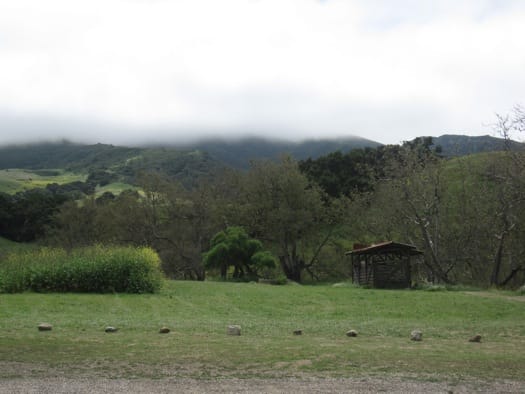
…and arrived at the base of fog shrouded hills.
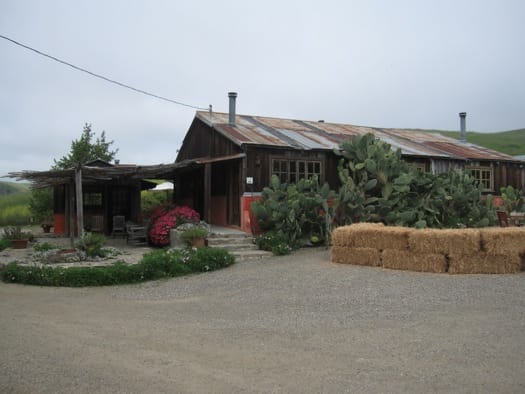
A wall of cacti, hay bales and a building with a roof of corrugated metal and thatched branches hosts the small oval tasting bar. There’s also an outdoor tasting area with views of the valley.
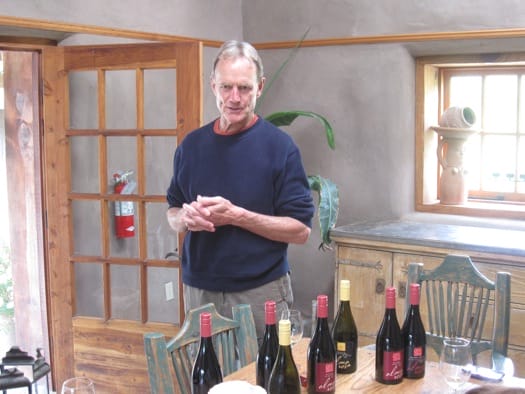
In the main room, I received pours of Alma Rosa wines like their 2008 Pinot Gris, a bright, Alsatian-style white wine that they recommend serving with shellfish.

I also tried a 2008 Chardonnay produced in the Chablis-style, higher in acid, not as heavy, and a “fatter” less tart 2006 Chardonnay from their El Jabalí Vineyard, a vineyard named for a boar.

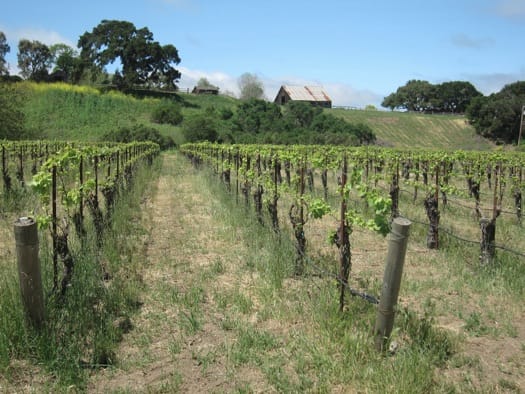
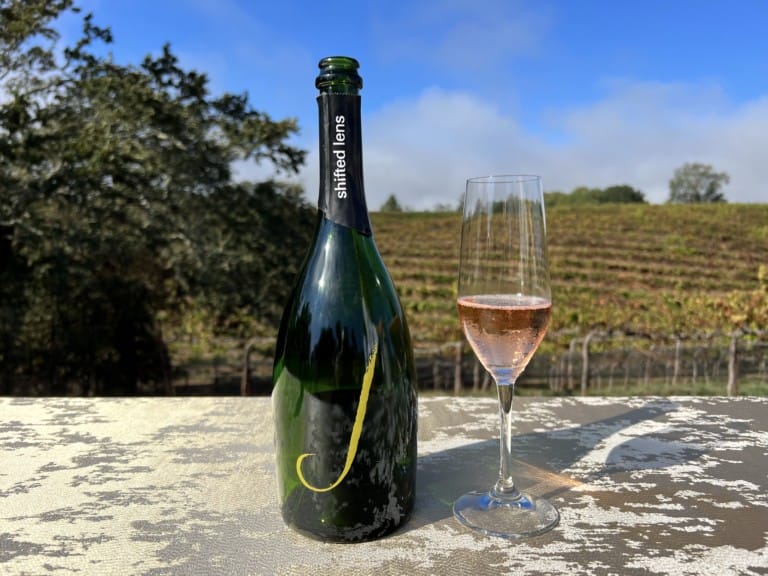

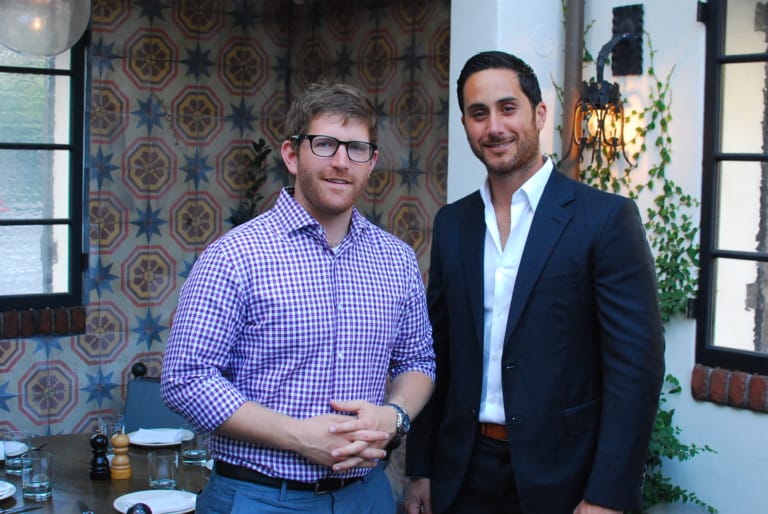




Leave a Comment